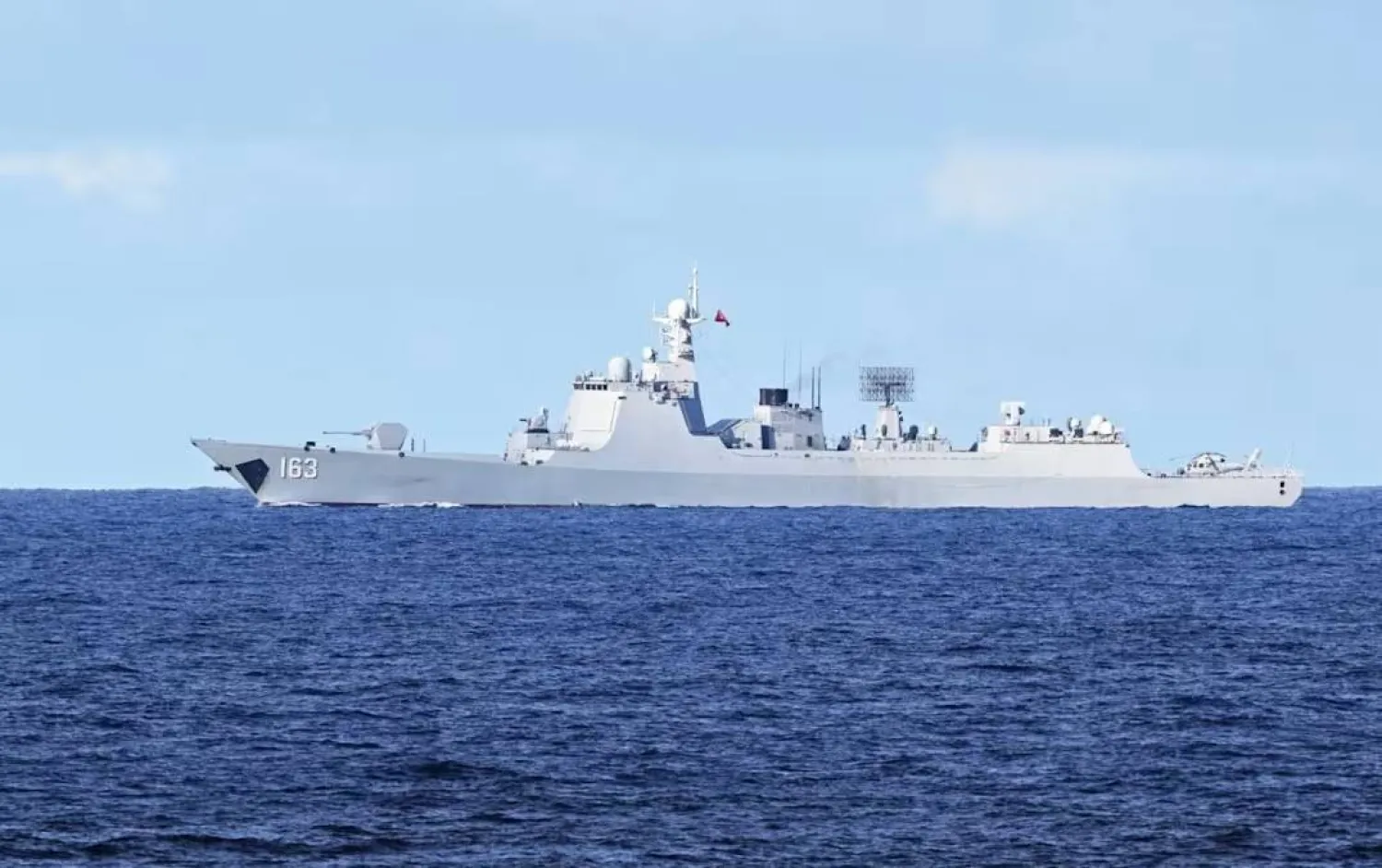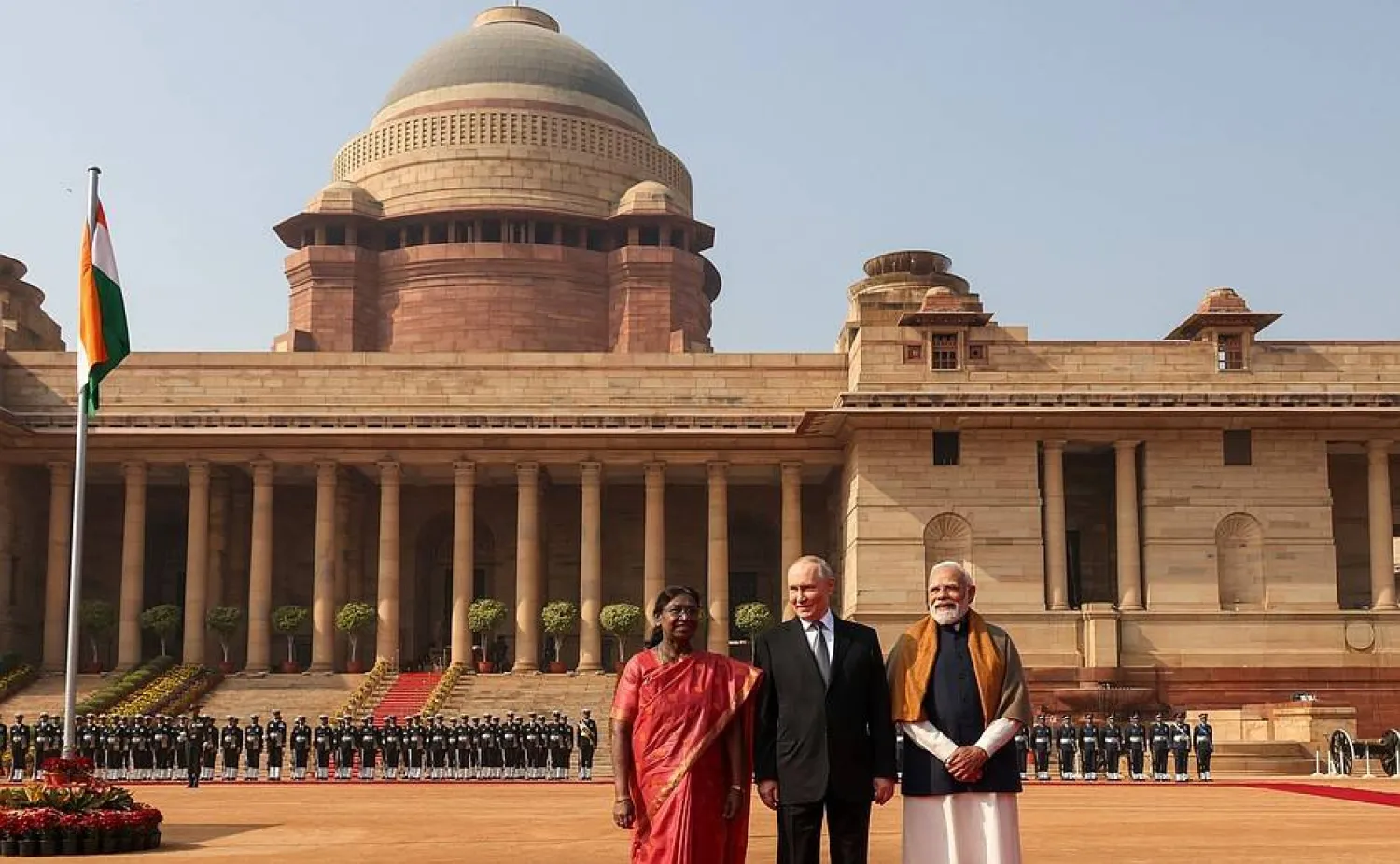Iran announced that two explosions along its leading south-north gas pipeline network on Wednesday were caused by sabotage the Iranian oil minister Javad Owji revealed.
Owji told reporters that the "terrorist act of sabotage occurred at 1 a.m. on Wednesday in the network of national gas transmission pipelines in two regions of the country."
"We anticipated such acts of sabotage around the anniversary of the Iranian revolution (February 11) and quickly changed the configuration of the transmission network to counter the enemy's objective to cause gas outages in major provinces," he added.
Video clips circulated on social media showing the extent of the bombings in the Fars provinces in the south of the country.
Local media said that one of the bombings occurred in Boroujen, Charmahal, and Bakhtiari in the center of the country.
The city's fire chief said that there were no casualties.
Official media reported that the accident caused gas outages to industrial and administrative facilities and dozens of villages in at least four governorates, but officials denied the reports.
Later, reports stated that the authorities issued orders to reduce gas supplies to government departments in several provinces and factories in Isfahan and Zanjan.
Reuters cited state media saying temporary restrictions had been planned for maintenance.
No group claimed responsibility for the attacks. The country is witnessing low temperatures, with snow and rain falling in most of the 31 Iranian provinces.
In December, Iran executed five people it accused of having links to the Israeli intelligence service (Mossad) in a decades-long hidden war that saw Tehran accuse Israel of launching attacks on its nuclear and missile programs.
Lawmaker Ruhollah Izadkhah told the government ISNA agency that enemies cannot harm the country with "firecrackers."
The MP asserted that the country's economic infrastructure is robust, and the explosions will not affect the country.
Izadkhah described the gas pipeline explosion in Fars Province as "the revenge of the US and the Zionist entity" against the sizeable popular participation in the revolution anniversary march.
A day before the attack, a hacking group affiliated with the Iranian opposition Mojehadin-e-Khlaq Organization (MKO) seized documents and data from the Iranian parliament after hacking the servers of the official website.
Khane Mellat (ICANA.ir) news agency websites were also inaccessible and subject to a cyberattack.
One of the "top secret" and "urgent" documents reveals a warning letter sent from the Supreme National Security Council to Supreme Leader Ali Khamenei, President Ebrahim Raisi, Speaker Mohammad Bagher Ghalibaf, and Judiciary Chief Gholam Hossein Mohseni Ejei regarding an "emergency package to secure energy during the four cold months."
The document indicates the authorities' fears of protests erupting due to the gas shortage, citing an imbalance between energy production and consumption, especially gas during the cold months.
According to the letter, Iran faces a daily shortage of 300 million cubic meters due to the imbalance between oil and gas.
It warned that if decisions are not taken, the country's energy security will be at risk, leading to the outbreak of social and security crises in the event of electricity and gas cuts."
Accordingly, the Supreme National Security Council recommended in its letter a detailed package to manage the crisis of providing sustainable energy sources during the cold period to prevent and eliminate the threats and prevent the outbreak of social, security, and economic crises.
The Council called for the Public Prosecution to take measures to lift the ban on diesel consumption to prevent any social and security crises.
It demands that the Public Prosecution coordinate with the Ministry of Intelligence and its parallel agency in the Revolutionary Guards' intelligence to issue its directives to its centers nationwide.
The authorities did not comment on the publication of this document.









